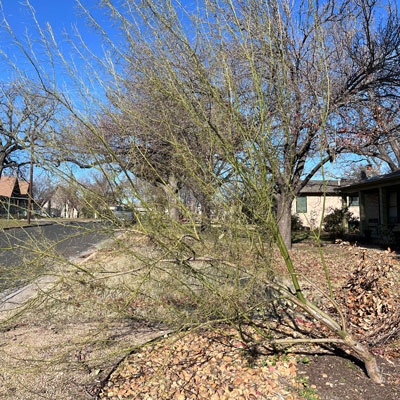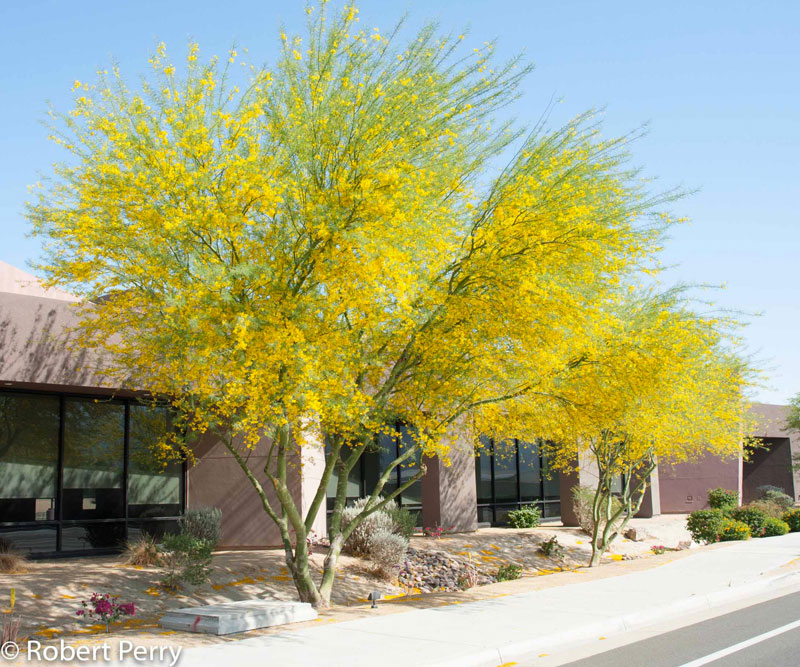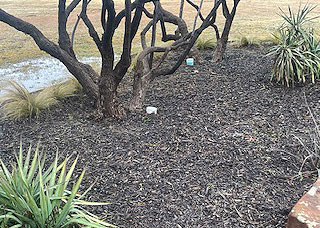Q&A – Ask Neil: February 1, 2024
(Please read these instructions carefully.)
Before you post your question, please look at recent issues to see if someone else has already asked it. You might find your answer there.
How to submit your question…
(Note: You may need to allow a pop-up window to come up in order to get the link for sending your photo(s). If you have already submitted your question and didn’t see the pop-up window, please click here.)
• Click the link provided below to post your question. After you submit your question, a new window will pop up giving you the address to which you can e-mail a SHARP, HIGH-RESOLUTION PHOTO to accompany your question. Please DO NOT SEND THUMBNAIL PHOTOS in case I need to zoom in to see things.
• Click here to post your question.
• Please ONLY POST YOUR QUESTION ONE TIME. We can only accept a set number of questions each week, and when we get duplicates it costs other people their chances.
• One question per reader, please.
• Please use this only for posting questions – not for standard emails.
• Watch for your answer in the following week’s e-gardens.
• I choose those of greatest general interest. For example, plant IDs seldom make the cut.
• I must have your first name or initials.
• I must have your city or county. (Texas is a very large state.)
QUESTION 1
IS IT A WASTE OF TIME TO TRY CRAPE MYRTLES IN THE SANDY SOILS OF THE TEXAS COAST?
Question: I used to grow crape myrtles in the Goliad area and loved them. However, I just moved to a coastal area that has very sandy soil, and now I need to know if it’s a waste of time to try them here? (I don’t want potted trees.) Emy S., Corpus Christi.
Answer: Conditions can vary half-mile by half-mile as you work your way inland at the Gulf Coast. Crape myrtles are well adapted to a wide variety of native soils, but if you’re dealing with deep beach sand, that may be a different thing altogether.

I’m going to refer you for specific help to a Texas Master Certified Nursery Professional close to your neighborhood. He or she will have first-hand working knowledge of how well they are suited and what soil modifications might be needed to improve your odds of success. For example, you might be able to bring in a truckload of clay loam planting mix as you prepare your most special beds. That would be great for your shrubs and annual and perennials flowers, and it would be perfect for crape myrtles as well. Let that Certified Professional Nursery person help you. They’re the tops in the industry. You will find them at member nurseries of the Texas Nursery and Landscape Association.
QUESTION 2
HOW CAN I GET RID OF BRIERS IN MY HALL’S HONEYSUCKLE VINES?
Question: How do I get rid of roundleaf greenbrier vine that is taking over my Hall’s honeysuckle without damaging the honeysuckle? The honeysuckle grows along approximately 100 ft. of metal fencing. RuNae G., Tarrant County.
Answer: Roundleaf greenbriers typically send up a handful of very strong stems from one root system. If you can track the stems back to that root system you can get rid of it. There is no spray that will do what you want – kill the briers without killing the honeysuckle. In fact, it’s difficult to kill greenbriers with any spray anyway, even out in the wide-open spaces. I’ve mentioned here before that we had 8 or more acres of briers when we bought our rural 11 acres. Simply cutting those big old vines back to the ground got rid of 98 percent of them. I would start there. Use a long-handled saw or a sharpshooter spade to sever the brier stalks at ground line.
Brier roots are either thick and massive, or they consist of a large bulb-like tuber depending on the species. If any of the original clumps comes up again after being cut back, you can dig out the root system with the sharpshooter. It’s an easy task once you locate it. Just scoop beneath it and pop it out. I’ve had remarkable success doing that.
QUESTION 3
WHY DID MY “HARDY RED” OLEANDERS BURN IN THE RECENT FREEZE?
Question: My hardy red oleanders appear to have been burned by the recent freeze. Their leaves are turning brown. It is rated as being for Zone 7b and I am in Zone 9a. Our lowest temperature was 16F. What happened? Steven S., New Braunfels.
Answer: You’re asking my opinion. I don’t believe you’re in Zone 9a, even though the most recent USDA Plant Hardiness Zone Map and Zip Code matchup both say that you are. Here was the story I put here in e-gardens two weeks ago. (https://neilsperry.com/2024/01/check-the-new-map-please/) The data catchers have moved us north several more counties in many parts of Texas so that now it portrays that we should be able to grow plants that we really have no business planting in the first place.
Having said that, single hardy red oleanders normally should make it through winters in New Braunfels. But this cold spell was more abrupt, and it came after a couple of years of strenuous summers and frigid winters. If the plants were still young, they would have been vulnerable. About all you can do now is wait it out and prune back to remove the browned stems once you can determine the extent of the dieback. I’m pretty sure they’ll come back, but you’ll just have to give them a couple of months to send out the new growth.
QUESTION 4
HOW CAN I GET RID OF OXALIS?
Question: How can I get rid of oxalis in my lawn and beds and prevent it from coming back? Ellis C., Tomball.
Answer: I use a well-sharpened hoe to eliminate it from my beds. It grows from a single stem, so I can scrape it out when the soil is only gently damp, certainly not wet. Mulching with compost or finely ground pine bark mulch helps a great deal, too, since it gives you a loose surface through which you can run your hoe.
As for the lawn, use a broadleafed weedkiller. It will be a product labeled for clover, poison ivy, and other non-grassy weeds. Some will even single out that they will control oxalis. The secret is to apply the spray as a fine mist directly onto the leaves of the oxalis until they are just coated. Do not apply enough that it beads up and runs off. It may help to include one drop of liquid dishwashing detergent with each gallon of spray. That will help it stay in place on the waxy surfaces of the oxalis leaves. It may take several sprayings to finish the job.
Mow frequently. Don’t allow the oxalis to go to seed. Its seed capsules literally explode when they’re mature, sending seeds over a wide area. Mow frequently and hoe often. Once you can break the cycle you should be rid of it.
QUESTION 5
IS SOME PRUNING OF CRAPE MYRTLES ACCEPTIBLE?
Question: I know you beg your readers not to top crape myrtles, but do you recommend any pruning at all? What about crossing branches, branches that grow toward the middle, last year’s seed pods, etc.? When is the best time for that kind of “cleanup?”
Answer: The main operative is that you never use pruning as a means of controlling a crape myrtle’s height or width.
Beyond that, yes you can remove rubbing or damaged branches. The same for branches that are growing back toward the insides of the plants. If a branch is growing where it’s not wanted, remove it flush with the remaining branch or trunk.
But don’t try to remove old seed heads. There’s really no reason to do that. They aren’t unattractive, and they will fall from the plants by mid-May as new growth pushes out anyway. When people start trimming away seed heads, they find that it quickly becomes boring. They are tempted to cut farther down the stems so they can remove more seed heads with each cut. Soon they’re topping their plants and the vicious cycle is started over again. Just leave them alone.
QUESTION 6
HOW CAN I SALVAGE MY DESERT MUSEUM PALO VERDE?
Question: My Desert Museum palo verde has suffered through recent winters. They have left it with this unusual form. Is it best to cut it to the ground this winter in hopes that it will “restart” with a better foundation via new shoots? Or will this kill the tree? Kyle B., Austin.

Answer: You need to do something – and it definitely will involve pruning. I wish you could take advantage of that one strong green shoot. However, if you were to prune to leave that as the new trunk, you would have such a crook in the base of the tree that it would always be unsightly.

I have not grown Desert Museum, but since it’s a three-species hybrid, it had to be propagated asexually (not from seeds). In doing my research for my reply to you, it appears that it was probably rooted from a cutting, so I would trim it down to just above that first crook. That appears to be 3 or 4 inches above the soil line. Then select the single straightest strong shoot that it produces to become the new trunk. It will regrow quickly, so be prepared to remove all the excess shoots before they can pull the top canopy down.
QUESTION 7
WHAT IS THE FUNCTION OF THESE PVC PIPES I SEE BURIED?
Question: I see these PVC pipes buried in commercial landscapes. Why has that been done? What purpose? How deep? Do you recommend this for home landscapes? Should the pipes have holes? MAC, Tarrant County.

Answer: Pipes like that have been used occasionally as a means of adding fertilizer to a tree’s root zone, although I offer the concern that it would be super-concentrating the fertilizer around the pipes and leaving the roots in the middle somewhat “hungry.” Most of the nutrients also would leach downward and be lost to the important surface-feeding roots. Other landscapers use it as a way of watering their plants. They call it “deep root” watering, which I find interesting since a tree’s roots are not really all that deep in the soil. One large shopping center’s landscape manager once showed me how he used the pipes as a way to pump water out from beneath pavement. It was interesting that water would get into the soil during wet periods, but it couldn’t get out. He extracted hundreds of gallons through the pipes.
But home gardeners probably don’t need to be using this practice.
